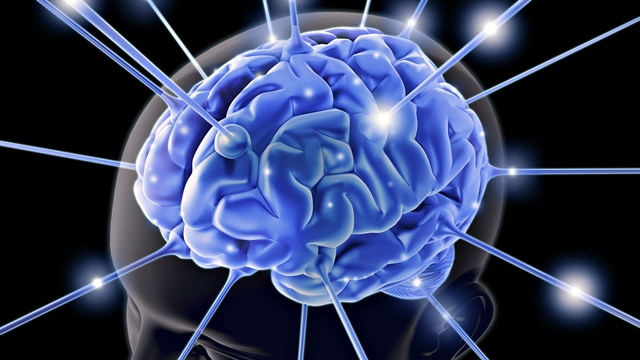https://sciencebusiness.technewslit.com/?p=33632
By Alan, on June 19th, 2018
19 June 2018. Mild electronic stimulation to specific brain regions is shown to restore upper limb movements in lab animals induced with stroke, with similar brain signals in humans also identified as targets. The findings of a medical research and engineering team at University of California in San Francisco appear in yesterday’s issue of the journal Nature Medicine (paid subscription required).
Researchers from the neural engineering lab led by neuroscience professor Karunesh Ganguly are seeking better rehabilitation options for people recovering from stroke, who often struggle with goal-directed movements of their hands and arms. Stroke occurs when blood flow to the brain is interrupted, cutting the oxygen needed by brain cells to function. The vast majority (85%) of strokes are caused by blood clots, while many other strokes are caused by blood vessel leakage in the brain. Nearly 800,000 people in the U.S. have a stroke each year, with paralysis and weakness in the limbs among the results. Recovery, often in rehabilitation clinics, can take months or years of continuous exercises.
The researchers, with colleagues from other UC-San Francisco labs and medical centers in the area, focused on low-frequency oscillations, nerve cell activity in the motor cortex, the brain’s region that controls voluntary muscle movement. These nerve signals are believed to coordinate muscle activity to make movements smooth and efficient. In tests with lab rats, the team measured low-frequency oscillations when the animals reached for food pellets, both before and during the reaching activities.
The researchers then induced strokes in the lab animals, and again measured brain signals, which show low-frequency oscillations diminishing after a stroke. In addition, as the rats recovered and their upper limb movements improved, low-frequency oscillations also recovered, with a strong correlation found between these brain signals and recovery of limb functions.
Ganguly and colleagues used electrodes implanted in the brains of the rodents to measure their low-frequency oscillations, and with the same electrodes delivered mild electronic stimulation to the damaged area of the motor cortex. The researchers timed delivery of the electronic stimulation to immediately before the rats made a reaching movement. The results show reaching movements aided by electronic stimulation are 60 percent more accurate than unassisted movements.
The team also sought evidence of the role played by low-frequency oscillations in humans recovering from a stroke. The researchers analyzed recordings of low-frequency oscillations from the brain of a person with epilepsy who also suffered a stroke. The team found fewer low-frequency oscillations from this individual than in two other persons with epilepsy who did not have a stroke.
The authors believe their findings can accelerate development of brain implants to stimulate low-frequency oscillations for stroke recovery, which enhance current brain signals rather than introducing an artificial stimulus. “We are not creating a new frequency,” says Ganguly in a university statement, “we are amplifying the existing frequency. By amplifying the weak low-frequency oscillations, we are able to help organize the task-related neural activity. When we delivered the electrical current in step with their intended actions, motor control actually got better.”
University of California filed for a patent on the technology in June 2017, listing Ganguly and co-authors Tanuj Gulati and Dhakshin Ramanathan as inventors.

No comments:
Post a Comment